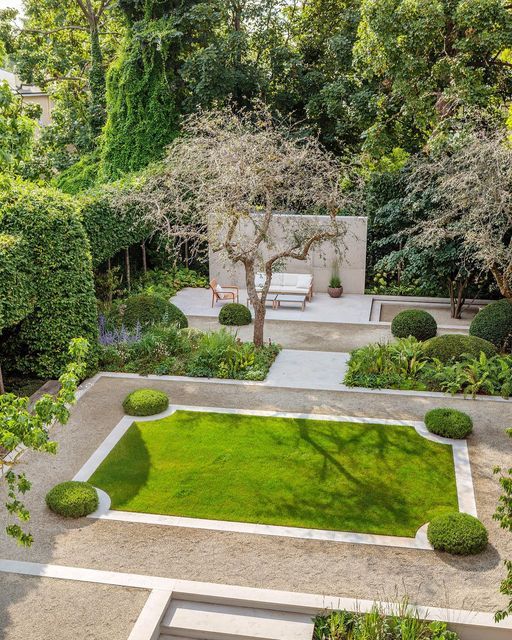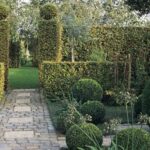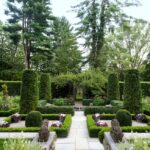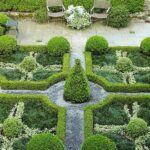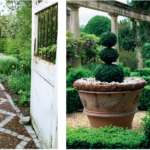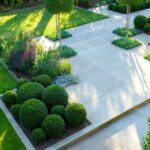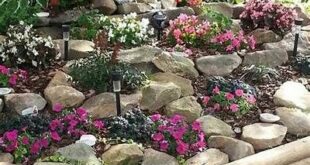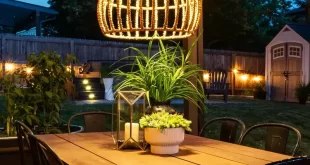Formal garden design is a timeless and classic approach to creating outdoor spaces that exude elegance and sophistication. Characterized by symmetry, geometric shapes, and meticulously manicured plants, formal gardens have been popular throughout history and continue to be a staple in landscaping today.
One of the key elements of formal garden design is the use of geometric shapes and symmetrical patterns. This creates a sense of order and structure within the garden, with straight lines and right angles emphasizing a sense of precision and balance. This design aesthetic is often achieved through the use of hedges, pathways, and planting beds laid out in a harmonious and symmetrical manner.
Another hallmark of formal garden design is the incorporation of ornamental elements such as topiaries, sculptures, fountains, and other decorative features. These elements serve to enhance the visual appeal of the garden and add a touch of grandeur and refinement. They can also help to create focal points within the space, drawing the eye and creating a sense of drama and intrigue.
In formal garden design, plant selection is key to achieving the desired aesthetic. Plants are often chosen for their sculptural qualities, with an emphasis on evergreen shrubs, clipped hedges, and neatly trimmed trees. Flowers are typically planted in neat rows or geometric patterns, with an emphasis on symmetry and balance. This careful selection and arrangement of plants help to create a cohesive and polished look within the garden.
Paths and walkways are an important feature in formal garden design, helping to provide structure and define the space. Straight, formal pathways made of materials such as brick, stone, or gravel are common in formal gardens, leading visitors through the space in a deliberate and intentional manner. These pathways can also serve to divide the garden into distinct areas, creating a sense of order and hierarchy within the space.
Overall, formal garden design is a classic and elegant approach to creating outdoor spaces that exude sophistication and refinement. Through the use of geometric shapes, symmetrical patterns, ornamental elements, carefully selected plants, and structured pathways, formal gardens create a sense of order and beauty that is truly timeless. Whether designing a small courtyard or a sprawling estate, incorporating formal garden design principles can help to elevate any outdoor space into a work of art.
 yishifashion Where Outdoor Dreams Become Reality
yishifashion Where Outdoor Dreams Become Reality


